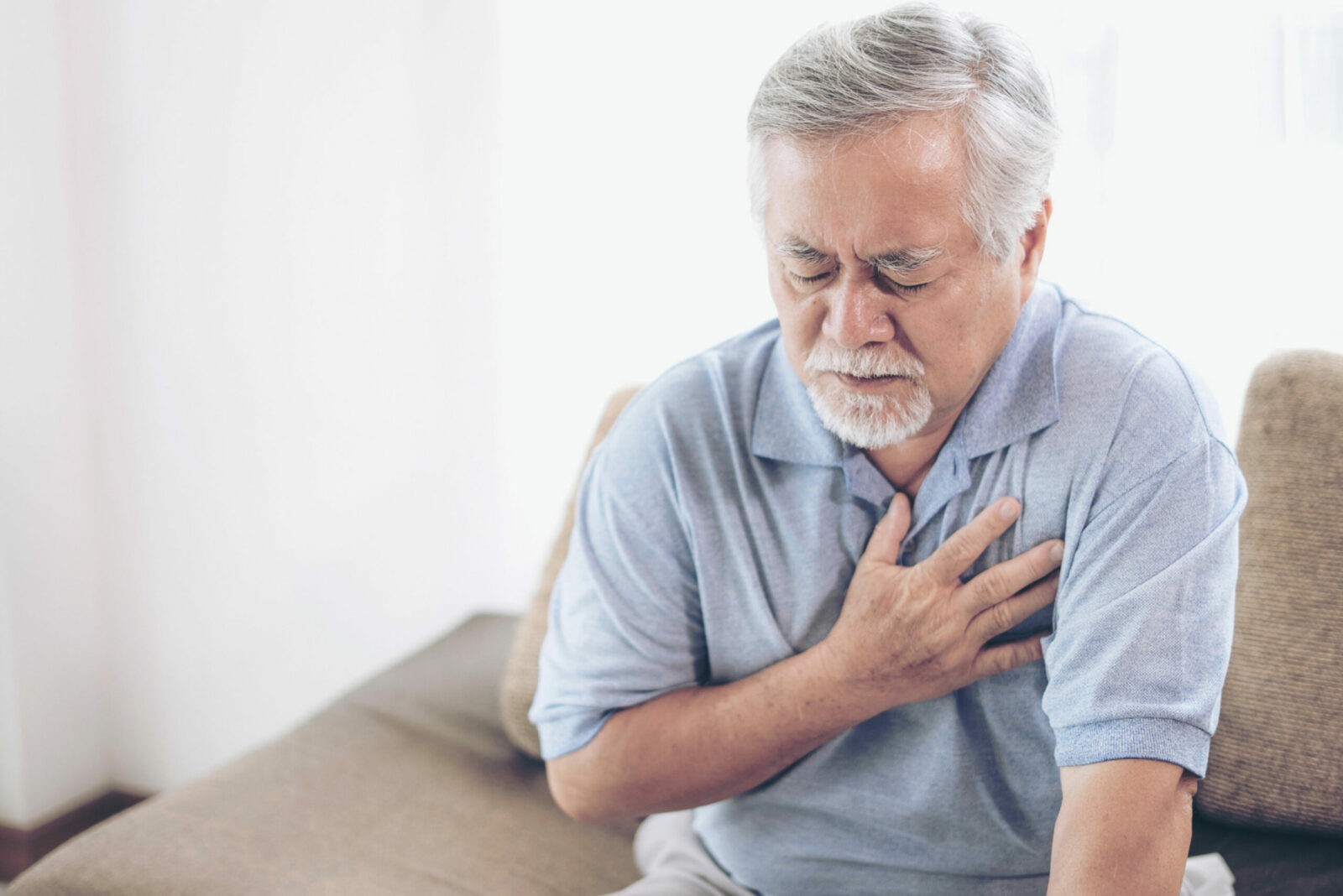Acid reflux, also known as gastro-oesophageal reflux disease (GORD), occurs when stomach acid frequently flows back into the oesophagus. This backwash (reflux) can irritate the lining of the oesophagus due to its acidic nature (sometimes called “heartburn”).
Acid reflux is caused by abnormalities in the lower oesophageal sphincter (LOS), a muscle that acts as a valve between the oesophagus and stomach. In acid reflux, the LOS may not close properly or may open too often, allowing stomach acid to enter the oesophagus.
The main cause of acid reflux tends to be the result of a hiatal hernia, which needs surgical repair.

Other causes of GORD can include:
If lifestyle changes and medication do not help, or if there are complications like severe oesophagitis, Barrett’s oesophagus, or oesophageal stricture, surgery may be considered.
Lifestyle Changes and Medications:
Surgical & Interventional Procedures:
After surgery for acid reflux, patients typically have a reduced ability to belch or vomit and may experience bloating or diarrhea. These symptoms often improve over time. Recovery from a laparoscopic procedure may be faster, with less pain and smaller scars compared to open surgery.
Patients need to follow a special diet that starts with liquids followed by gradual progression to solid foods. They must avoid strenuous activities for a certain period, as recommended by their surgeon.
As with all surgeries, there are associated risks, such as:
Surgical treatment of GORD usually has good long-term results, with many patients remaining symptom-free for years after surgery. However, some may still need medication, or continue to make diet and lifestyle changes to remain symptom free.
Acid reflux surgery is an option for patients who do not respond to less invasive treatments. The choice of surgical procedure depends on the individual patient’s condition, the surgeon’s expertise, and the availability of technology and equipment available in Australia. Currently, fundoplication is the main procedure available in Australia. It is important for patients to discuss the potential benefits and risks with a healthcare professional specialised in treating GORD.

Dr Kaushal offers 15+ years of experience and holds a Master of Surgery Degree, as well as being fully certified in gastroscopy and colonoscopy by the Gastroenterology Society of Australia (GESA).
Dr Kaushal takes an empathetic, warm-hearted and friendly approach to patient care and is completely dedicated to patient outcomes.
He consults and operates across Souther-Western Sydney.